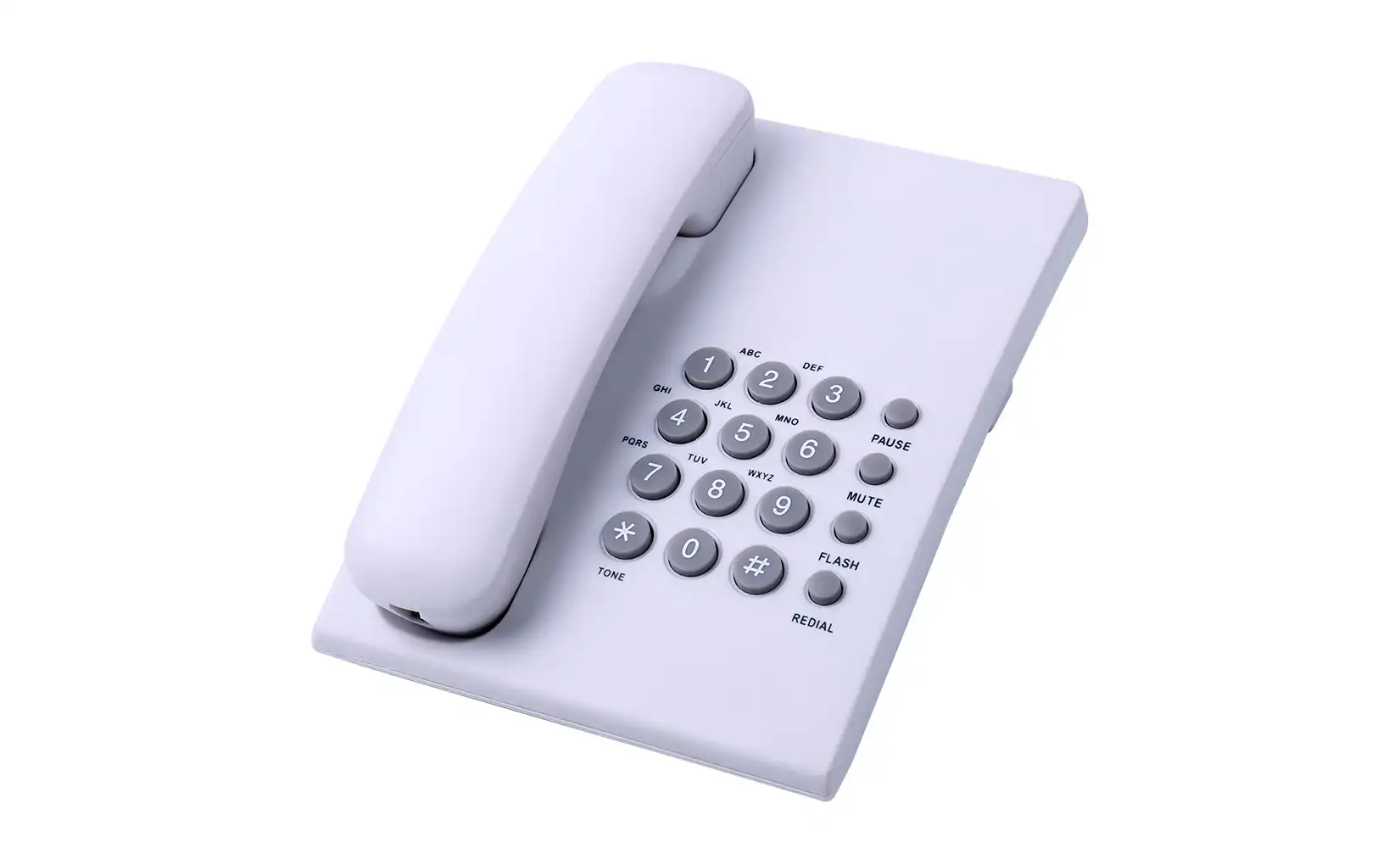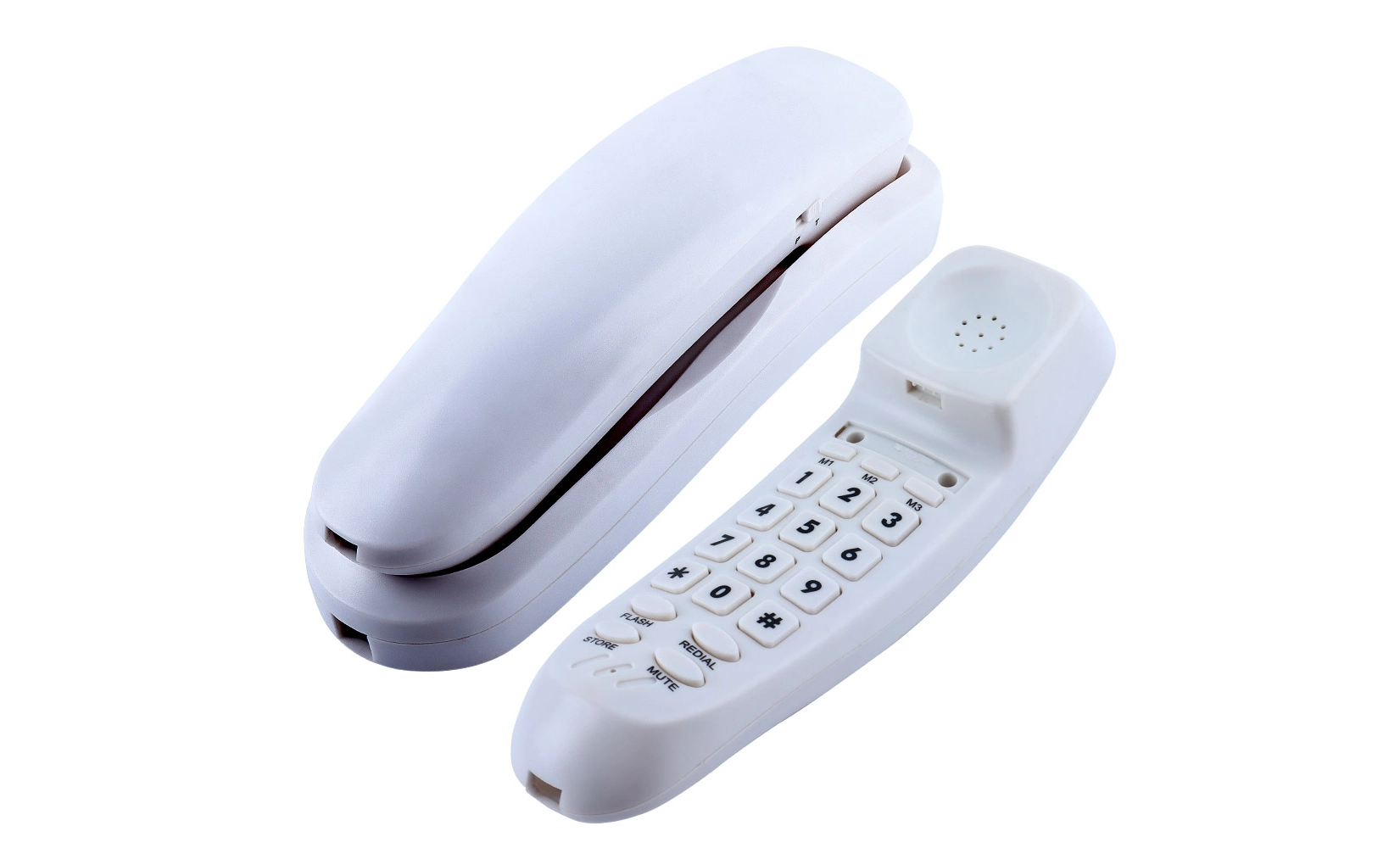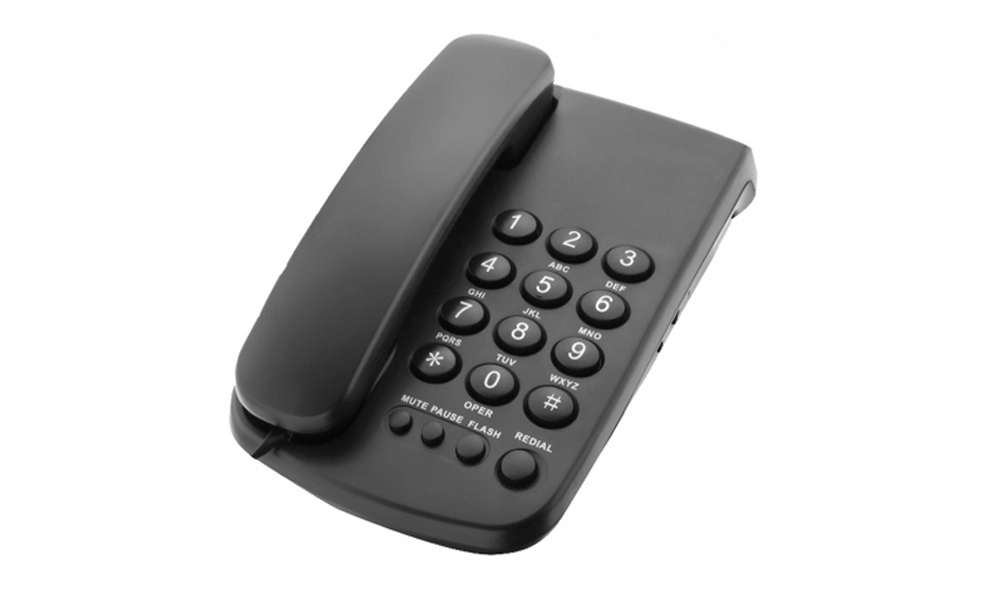The Core Components of a Tone Business Telephone
To truly grasp the inner workings of a tone business telephone, it's essential to delve into its core components. These elements work in concert to deliver the functionality and reliability that businesses rely on for their daily communications.
Keypad and DTMF Signaling
At the heart of a tone business telephone lies the keypad, a crucial interface that enables users to input phone numbers and navigate menu systems. The keypad utilizes DTMF signaling, a sophisticated method that assigns a unique frequency pair to each button. When pressed, these buttons generate specific tones that the telephone network interprets as distinct digits or commands.
The DTMF system is a marked improvement over its predecessor, pulse dialing. It offers faster dialing speeds and the ability to interact with automated systems, making it indispensable in modern business environments. The robustness of DTMF signaling ensures accurate transmission of dialed numbers, reducing errors and enhancing overall communication efficiency.
Microphone and Voice Transmission
The microphone in a tone business telephone is a marvel of acoustic engineering. It converts sound waves from the user's voice into electrical signals that can be transmitted over telephone lines. Modern business phones often incorporate noise-canceling technology in their microphones, ensuring clear voice capture even in bustling office environments.
The quality of the microphone significantly impacts the clarity of conversations. High-fidelity microphones in premium business telephones can capture a wider range of frequencies, resulting in more natural-sounding voice reproduction at the receiving end. This enhanced clarity can be particularly beneficial during important business calls or conference meetings.
Speaker and Audio Output
The speaker in a tone business telephone is responsible for converting incoming electrical signals back into audible sound waves. The quality of this component directly affects the user's ability to hear and understand the caller on the other end of the line. Many modern business phones feature wideband audio technology, often referred to as HD Voice, which provides a more expansive frequency range for improved sound quality.
Advanced business telephone models may also include speakerphone functionality, utilizing larger speakers and sophisticated echo cancellation algorithms. This feature enables hands-free operation, facilitating group discussions and improving productivity during conference calls.
Signal Processing and Transmission in Tone Business Telephones
The inner workings of a tone business telephone involve complex signal processing and transmission mechanisms. Understanding these processes sheds light on how these devices maintain clear and reliable communication channels.
Analog-to-Digital Conversion
Modern tone business telephones often employ analog-to-digital conversion (ADC) to enhance signal quality and enable advanced features. The ADC process converts the analog voice signals captured by the microphone into digital data. This conversion allows for more efficient transmission, reduced noise, and the implementation of digital signal processing techniques.
The digitized voice data is typically compressed using codecs (coder-decoders) to optimize bandwidth usage. These codecs strike a balance between audio quality and data size, ensuring efficient transmission without compromising on call clarity. The choice of codec can vary depending on the specific business telephone model and network requirements.
 Line Interface and Network Communication
Line Interface and Network Communication
The line interface in a tone business telephone serves as the bridge between the device and the telephone network. It manages the electrical characteristics of the connection, ensuring proper impedance matching and signal levels. This interface also handles important functions such as ring detection for incoming calls and on-hook/off-hook signaling.
In IP-based business telephone systems, the line interface may be replaced by an Ethernet port, facilitating connection to Voice over IP (VoIP) networks. These systems encapsulate voice data into IP packets for transmission over data networks, offering additional flexibility and features compared to traditional analog systems.
Error Correction and Quality of Service
To maintain call quality, tone business telephones incorporate various error correction and quality of service (QoS) mechanisms. These features become particularly crucial in digital and IP-based systems where network congestion or packet loss can impact call quality.
Error correction algorithms can detect and rectify minor issues in the received signal, while QoS protocols prioritize voice traffic to minimize latency and jitter. Some advanced business telephone systems also employ adaptive bit rate techniques, dynamically adjusting the audio compression level based on network conditions to optimize call quality.
Advanced Features in Modern Tone Business Telephones
As technology evolves, tone business telephones have incorporated a plethora of advanced features to meet the diverse needs of modern businesses. These enhancements go beyond basic voice communication, transforming business phones into versatile productivity tools.
Caller ID and Call Management
Caller ID functionality has become a standard feature in most tone business telephones. This feature displays the incoming caller's number and, in many cases, the caller's name if it's available in the phone's directory. Advanced systems can even integrate with customer relationship management (CRM) software, providing instant access to caller information and call history.
Modern business phones often include sophisticated call management features such as call forwarding, call waiting, and multi-line operation. These capabilities allow businesses to handle high call volumes efficiently, ensuring that important calls are never missed and can be routed to the appropriate person or department.
Voicemail and Messaging Systems
Integrated voicemail systems have revolutionized the way businesses handle missed calls. These systems allow callers to leave voice messages when the recipient is unavailable. Advanced voicemail features may include visual voicemail, which presents messages in a list format for easy management, and voicemail-to-email transcription services that convert voice messages into text for quick review.
Some tone business telephones also incorporate instant messaging capabilities, allowing employees to communicate quickly and efficiently without the need for a full phone conversation. This feature can be particularly useful for brief exchanges or when voice calls are not practical.
Conference Calling and Collaboration Tools
Conference calling capabilities have become increasingly important in the modern business landscape. Many tone business telephones support multi-party calling, allowing several participants to join a single conversation. Advanced models may offer features like call recording, which can be invaluable for keeping accurate records of important discussions or for training purposes.
In IP-based business telephone systems, integration with collaboration tools has taken conference calling to new heights. These systems can often interface with video conferencing platforms, screen sharing applications, and other collaborative software, creating a seamless communication ecosystem that enhances productivity and facilitates remote work.
Conclusion
Tone business telephones have come a long way from their humble beginnings, evolving into sophisticated communication devices that play a crucial role in modern business operations. From the fundamental principles of DTMF signaling to advanced features like integrated collaboration tools, these telephones continue to adapt to the changing needs of businesses.
Understanding the inner workings of tone business telephones not only provides insight into their functionality but also helps businesses make informed decisions when selecting communication systems. As technology continues to advance, we can expect further innovations in business telephony, with increased integration of artificial intelligence, enhanced security features, and even more seamless connectivity across various communication platforms.
FAQ
What is the difference between a tone business telephone and a regular phone?
A tone business telephone uses DTMF signaling for faster dialing and offers advanced features like multi-line operation, conference calling, and integration with business systems. Regular phones may have simpler functionalities.
Can tone business telephones work with VoIP systems?
Yes, many modern tone business telephones are compatible with VoIP systems, offering enhanced features and flexibility in communication.
How do tone business telephones ensure call quality?
They use various techniques including noise cancellation, error correction algorithms, and quality of service protocols to maintain clear and reliable communications.
Understanding How a Tone Basic Business Telephone Works? | CHEETA
At CHEETA, we leverage our 18+ years of expertise in OEM/ODM services to produce high-quality tone business telephones. Our state-of-the-art 1,200㎡ factory, staffed with 100+ skilled workers and 10 senior engineers, ensures the production of 1,000 analog units daily. We implement rigorous quality control measures, including 11 inspection steps, resulting in a failure rate below 1%. Our products meet CE, RoHS, FCC, and UN38.3 regulations, offering reliable and innovative communication solutions. For customized tone business telephone solutions, contact our team at allen@cheeta.com.cn.

References
1. Smith, J. (2022). "The Evolution of Business Telephony: From Analog to Digital." Telecommunications Review, 45(3), 112-128.
2. Johnson, A. & Brown, T. (2021). "DTMF Signaling in Modern Business Communication Systems." Journal of Business Technology, 17(2), 78-95.
3. Lee, S. et al. (2023). "Advanced Features in Contemporary Business Telephones: A Comprehensive Analysis." International Journal of Office Communications, 29(4), 203-220.
4. Garcia, M. (2020). "Quality of Service Mechanisms in IP-based Business Telephone Systems." Network Engineering Quarterly, 36(1), 55-72.
5. Williams, R. & Taylor, K. (2022). "The Impact of Integrated Communication Tools on Business Productivity." Business Efficiency Studies, 14(3), 301-318.
 A tone basic business telephone, also known as a
A tone basic business telephone, also known as a




